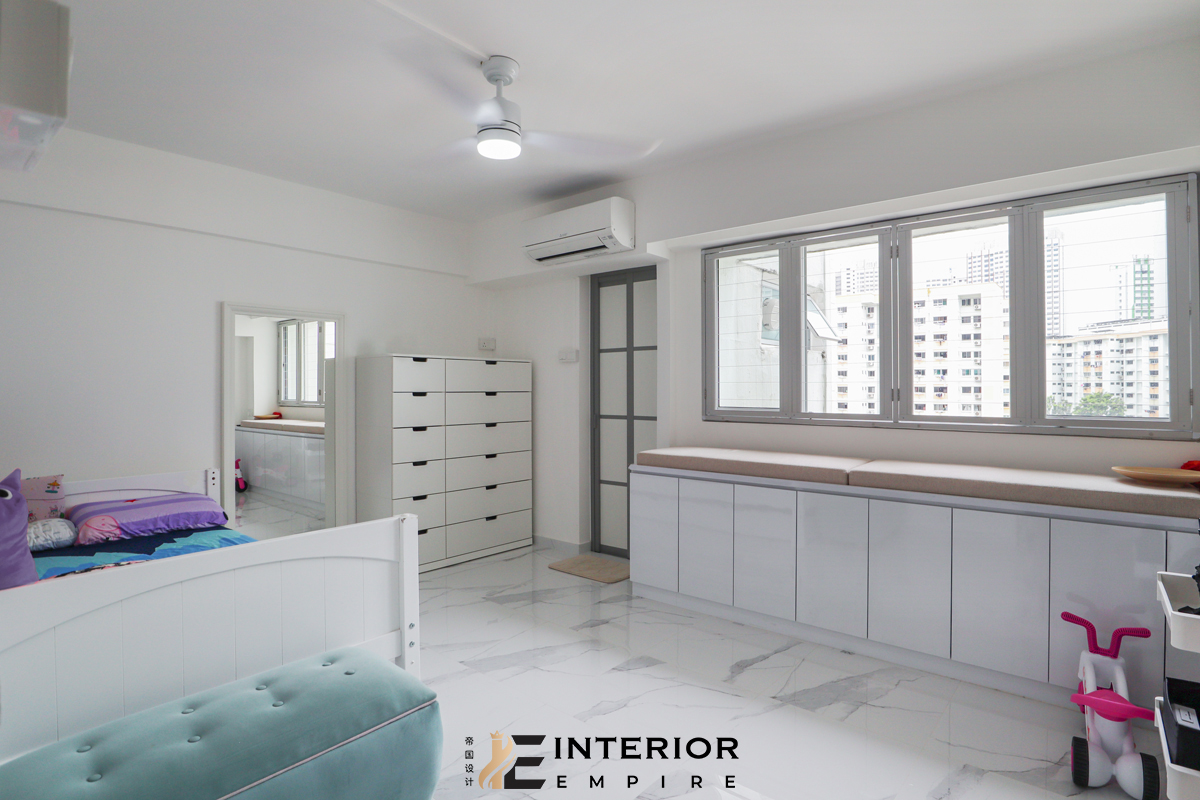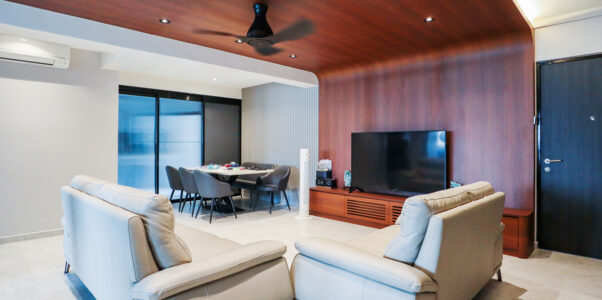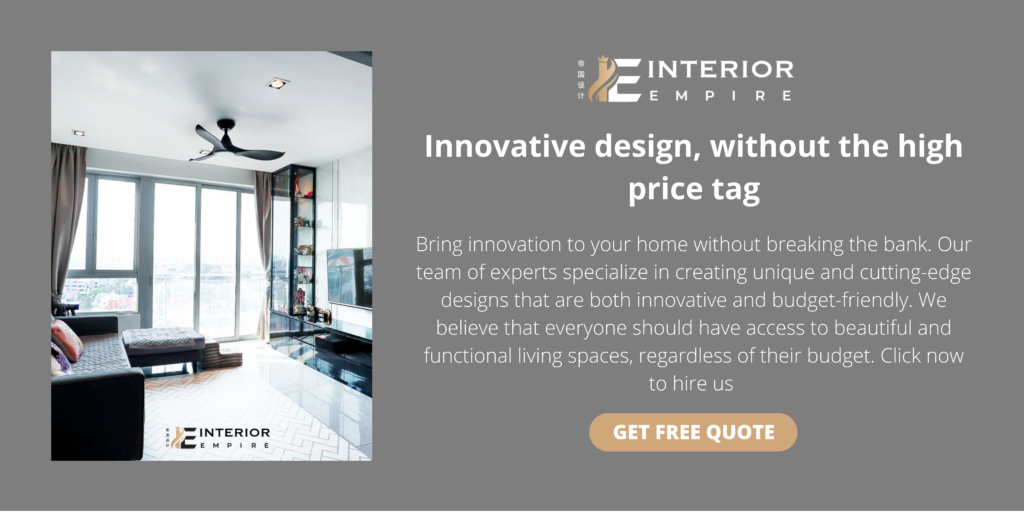Renovating a home can be a thrilling experience for homeowners looking to add some personal touches and flair to their living space. One of the key considerations during a renovation project is the choice of materials to be used. While high-end materials such as marble, granite, and hardwood flooring can add a touch of luxury and elegance to a home, they also come with a significant cost. Therefore, it is crucial for homeowners to weigh the pros and cons of using high-end materials to determine whether they are worth the investment.
We will examine the benefits of premium quality materials, such as enhanced aesthetic appeal, durability, and increased home value. We will also explore the downsides of using high-end materials, such as the high cost, availability, and potential over the improvement of the property. Furthermore, we will provide valuable tips and tricks to help homeowners make informed decisions when incorporating high-end materials into their renovation projects.
 Pros of using high-end materials in renovation
Pros of using high-end materials in renovation
Using high-end materials in your renovation project can offer several advantages, here are some of them:
#1 Its exclusivity, uniqueness, and luxury
High-end materials such as marble or granite can create an exquisite and sophisticated look that will impress guests and leave a lasting impression. The beauty of these materials lies in their uniqueness and natural variations that can give your home a touch of luxury and elegance that cheaper materials can’t replicate. For example, a marble countertop can create a stunning statement piece in your kitchen, giving it a high-end look and feel.
#2 Its more durable
High-end materials are generally more durable and long-lasting than their cheaper counterparts. For instance, hardwood flooring is known for its durability and can last for decades with proper maintenance. Similarly, ceramic or porcelain tiles can withstand high foot traffic and resist scratches, making them ideal for high-traffic areas such as kitchens and bathrooms.
#3 Improving the functionality of your home
Thirdly, using high-end materials can also improve the functionality of your home. For example, installing a high-quality HVAC system can provide better heating and cooling performance, leading to increased comfort and energy efficiency. Likewise, installing energy-efficient windows can help regulate the temperature and reduce energy costs.
#4 Increasing the value of your home
It can also increase the overall value of your home. For example, a luxurious bathroom with high-end fixtures such as a whirlpool tub or a rainfall showerhead can add value to your home and attract potential buyers. The same applies to high-end kitchen appliances such as a Sub-Zero refrigerator or a Viking stove that can enhance the functionality and aesthetic appeal of your kitchen while adding value to your property.
Cons of using high-end materials in renovation
While there are many benefits to using high-end materials in your renovation, there are also some drawbacks to consider, here are some of them:
#1 High cost
High-end materials such as solid hardwood, marble, and granite can cost significantly more than their cheaper counterparts, making them inaccessible for some homeowners. Additionally, the cost of installation and maintenance can be higher due to the specialized skills and tools required to handle high-end materials. Homeowners should factor in the initial and long-term costs of high-end materials before making a decision.
#2 Limited availability
Some high-end materials may be challenging to find, making it challenging to match them to existing features or complete the renovation within the expected timeframe. For example, certain types of marble or hardwood may only be available from specific suppliers or require a longer lead time for delivery. Homeowners should research the availability of their desired high-end materials before committing to a renovation project.
#3 Maintenance and repair costs
While high-end materials may be more durable, they can still suffer from wear and tear over time, which can be expensive to repair or replace. For example, a cracked marble countertop may require a specialized professional to repair, which can be costly. Homeowners should consider the long-term maintenance and repair costs of high-end materials when making their decision.
#4 Potential over-improvement of the property
This occurs when the renovation costs exceed the home’s potential resale value. Homeowners risk losing money if they invest in high-end materials that are not suitable for the neighbourhood or exceed the value of comparable homes in the area.
For example, installing a $100,000 luxury bathroom in a neighborhood where the average home price is $300,000 may not add enough value to justify the expense. Homeowners should carefully consider the potential resale value of their property before committing to a renovation project.
 Factors to consider when using high-end materials in renovation
Factors to consider when using high-end materials in renovation
Before embarking on a renovation project using high-end materials, there are several factors that homeowners should consider, here are some of them:
#1 Budget and cost-effectiveness
Homeowners should consider their budget and the cost-effectiveness of high-end materials before deciding to use them. High-end materials can be costly, and homeowners should ensure that the cost justifies the benefit. They should compare the costs of high-end materials with cheaper alternatives and factor in the long-term maintenance and repair costs to determine if they can afford the material.
#2 Property value and resale potential
Homeowners should consider the property’s value and resale potential when deciding on the type of high-end material to use. The material should fit the neighborhood and be consistent with other properties in the area. Additionally, homeowners should consider how the material will affect the home’s resale value and whether the cost of the material will be recouped during a potential sale.
#3 Personal style and preferences
High-end materials come in various styles and colors, allowing homeowners to express their personal style and preferences. Homeowners should choose materials that complement the overall design of the home and reflect their personal taste.
#4 Frequency of use and wear and tear
Homeowners should consider how often they will use the high-end material and how much wear and tear it will experience. For example, a high-end material such as marble may not be suitable for high-traffic areas such as a kitchen countertop, as it is prone to scratches and stains. Homeowners should choose materials that are appropriate for their intended use and level of wear and tear.
 Tips for incorporating high-end materials in your renovation
Tips for incorporating high-end materials in your renovation
If you’re considering using high-end materials in your renovation project, there are several tips to keep in mind.
#1 Determine your renovation goals and priorities
Before incorporating high-end materials in your renovation, it’s essential to determine your renovation goals and priorities. Homeowners should consider what they want to achieve with their renovation and prioritize the most critical features they want to include.
#2 Shop around for the best deals and discounts
High-end materials can be expensive, but homeowners can find deals and discounts by shopping around. Homeowners should compare prices from different suppliers and look for sales or promotions that can save them money.
#3 Seek professional advice and guidance
Incorporating high-end materials in your renovation requires specialized skills and knowledge. Homeowners should seek professional advice and guidance from a designer, contractor, or architect with experience in working with high-end materials. They can provide guidance on the best materials for your project, how to incorporate them into the design, and how to handle them during installation and maintenance.
#4 Consider eco-friendly and sustainable materials
Homeowners who are environmentally conscious may want to consider using eco-friendly and sustainable high-end materials in their renovation. These materials are made from renewable resources and have a lower environmental impact than traditional materials. For example, bamboo flooring is a sustainable alternative to traditional hardwood flooring, and recycled glass countertops are an eco-friendly alternative to granite or marble
Using high-end materials in your renovation project can offer several benefits such as enhanced aesthetic appeal, durability, improved functionality, and increased home value. However, it’s essential to consider the cost, maintenance, availability, and appropriateness of the materials for the property and the surrounding neighbourhood.
Homeowners should also consider their budget, property value, personal style and preferences, and frequency of use when selecting high-end materials for their renovation. With the right considerations, using high-end materials can create a luxurious and timeless space that will add value and enjoyment to your home for years.
Transform your home with luxury high-end designs by Interior Empire
Finding it hard to visualize your unique interior design ideas? Look no further than Interior Empire. As one of the best interior design firms in Singapore, we strive to serve the most innovative ways and new design possibilities in your interior design. Why you should choose as your interior designer:
- We are specialized in creating the highest standards of interior design results out of the most unique and out-of-the-box ideas
- Creating one of a kind design based on our client taste through the help of our certified and experienced designers
- We provide space planning and allocation using the latest 3D visualization technology
- We are experienced in renovating residential and commercial space
- The best quality control and project management to ensure the work gets done on time
Wait no more! Try our different renovation packages based on your different needs. Contact us here or visit our showroom at T-SPACE #08-05, 1 Tampines North | Drive 1 Singapore, Singapore 528559.



